Oscar Wilde firmly denied the ethical utility of art. Perhaps the most famous of aesthetes, he believed that art should be created and enjoyed for art’s sake. And more importantly, that its value should be assessed only by whether it was well made.
It is somewhat ironic, then, that The Australian Ballet’s major new work about the Irish writer’s life has a decidedly political bent. Touted as a “big, gay” ballet that breaks new ground in the stubbornly conservative genre, Oscar foregrounds the queer experience in a full-scale dance production typically reserved for heteronormative plotlines.

Callum Linnane, Sharni Spencer and Joseph Caley in The Australian Ballet’s Oscar. Photo © Christopher Rodgers-Wilson
Driving the vision is British choreographer Christopher Wheeldon, well known for his bells-and-whistles story ballets like Alice’s Adventures in Wonderland, and more recent forays into musical theatre. These credentials – combined with a personal interest in Wilde’s writings tracing back to his childhood – make Wheeldon a sensible choice to tackle a biographical work about one of the most revered and extravagant figures in Western literature.
Wilde’s life and writings are rich fodder. Wheeldon and composer Joby Talbot have chosen to...
Continue reading
Get unlimited digital access from $4 per month
Already a subscriber?
Log in


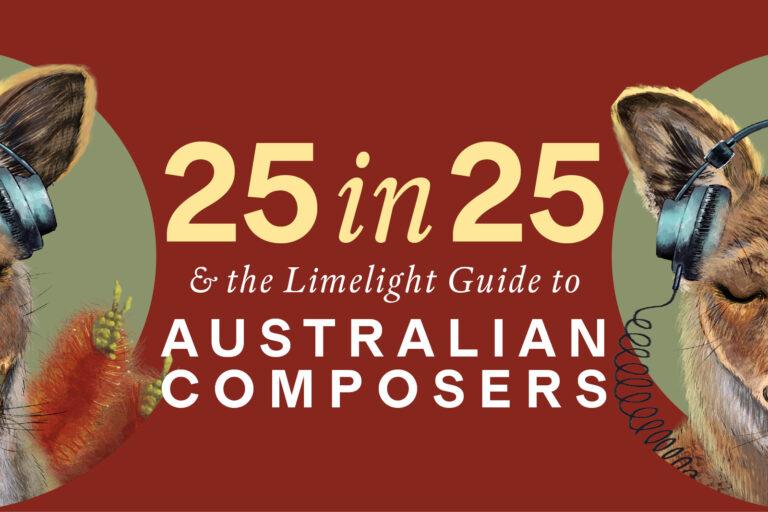

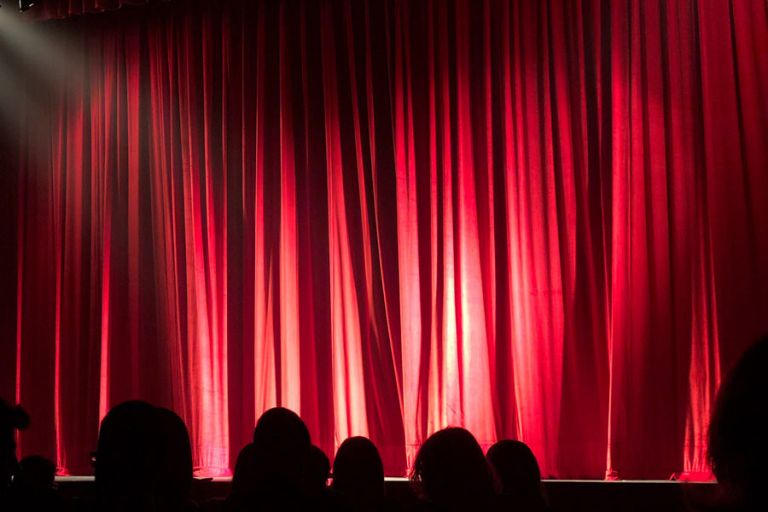
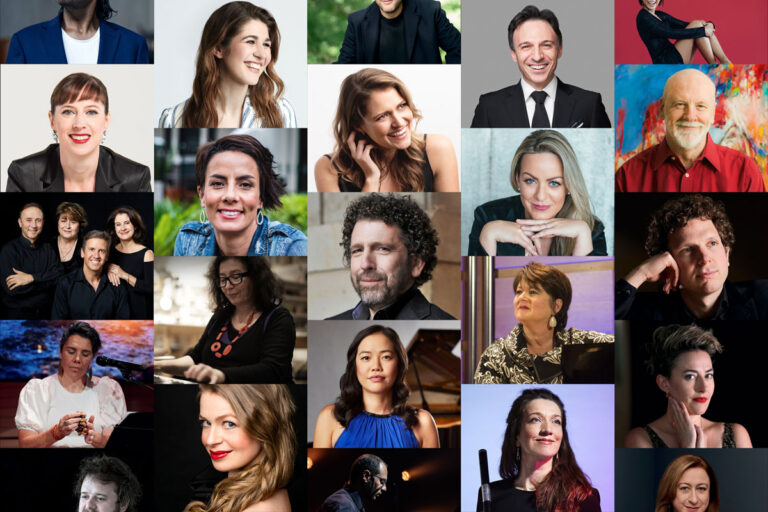
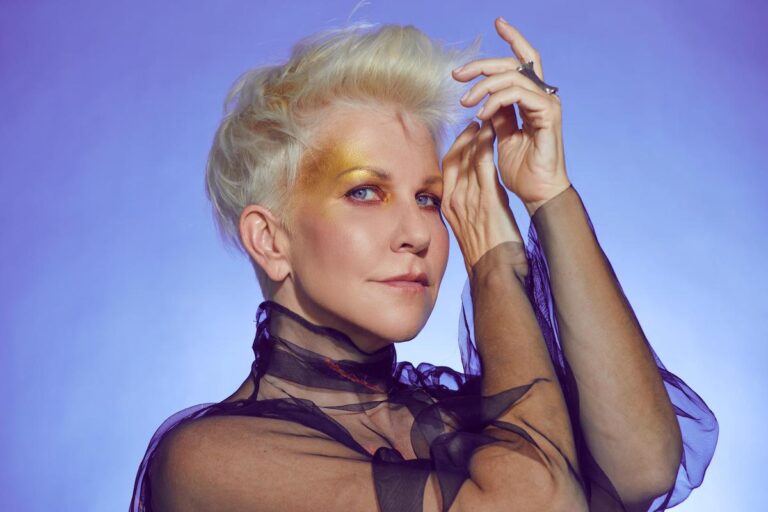

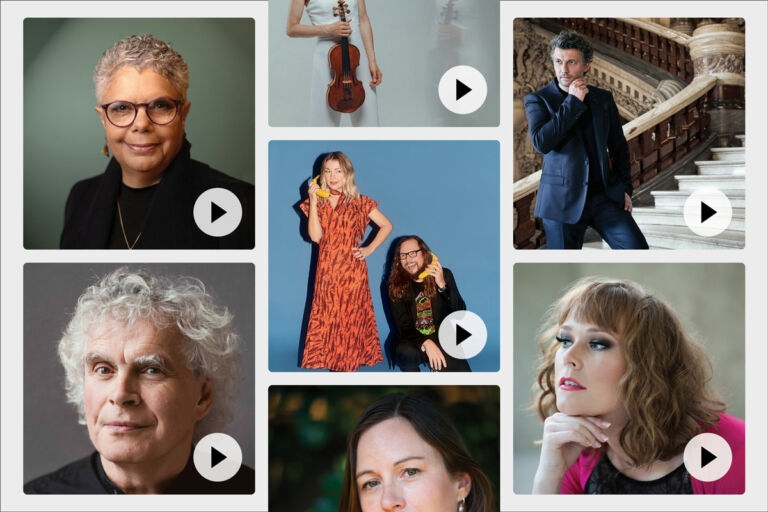

I subscribe to Limelight and have done for quite some time.
I’m also a cellist in Orchestra Victoria and find the omission of any mention of the orchestra in this review beyond understanding. We are also collaborators in this project. We play the new score by Joby Talbot, we partner the wonderful artists who are dancing the premiere of this ballet – we are not labour for hire. We have worked hard with The Australian Ballet, Christopher Wheeldon, Joby Talbot and Jonny Lo to bring this ballet to Melbourne audiences.
Unfortunately it is all too common that the musicians and orchestra are sidelined in reviews. I’m not sure if it’s purposeful or just ignorant, but a basic understanding of the role of music, musicians and an orchestra in seminal productions such as this should surely be the minimum expectation.
The Australian Ballet couldn’t have done this without Orchestra Victoria. It’s not a difficult concept to assimilate.
I recently posted a concern about the omission of any mention of Orchestra Victoria in this review.
Has my comment not been approved? It’s an issue worth raising as being part of one of the major collaborators in this project, I’ll reiterate that not mentioning the orchestra is less than adequate.
But I shall keep trying to advocate for better commentary, despite banging one’s head and brick walls come to mind…
Tania Hardy-Smith